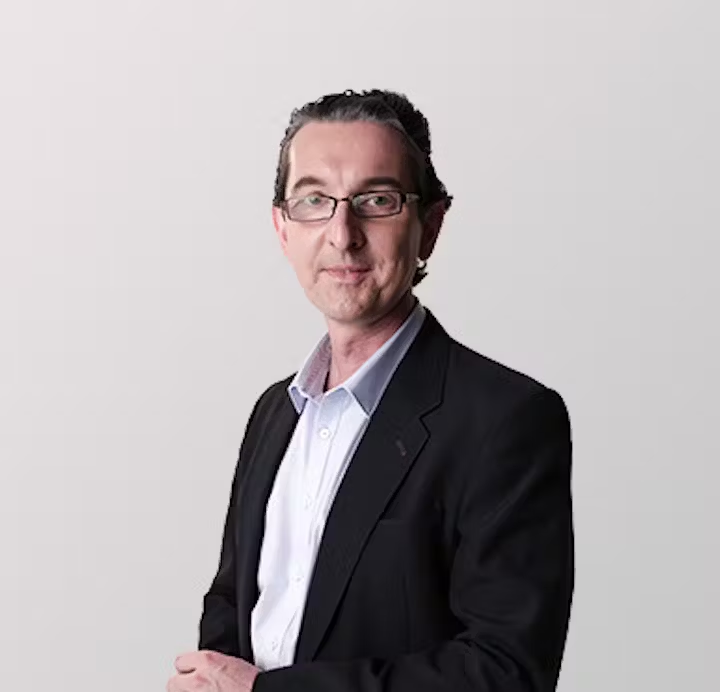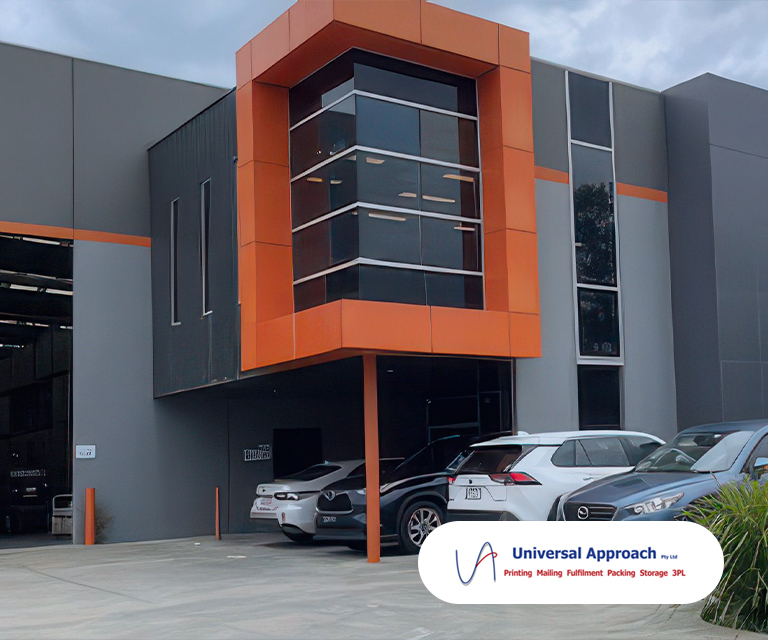Meet Michal Postula
Director of Strategy and Innovation (IOT), Schneider Electric
Michal fully understands the critical nexus between innovation and strategy. He knows that simply generating ideas is a waste of time. The artform is in being a change agent, in commercialising ‘the new’. Michal has a driving curiosity about ‘better’, on improving what exists today.
Most innovation is incremental and that’s actually ok for most organisations. Natural progression shouldn’t be viewed as a second-class citizen to disruptive innovation”
As Michal Postula’s title suggests – Director of Strategy and Innovation (IoT) at Schneider Electric, a French multinational specialising in energy management and automation – he fully understands the critical nexus between innovation and strategy. Simply generating ideas is a waste of time. The artform is in being a change agent, in commercialising ‘the new’. Michal has a driving curiosity about ‘better’, on improving what exists today.
Pressure is mounting on all organisations to embrace change and the latest buzz of teaming ‘innovation’ with ‘disruption’. But the commitment to a search for improvement is often shelved because it’s seen to be all too hard, too ‘out there’.
Michal has studied innovation theory and is a passionate fan of the grand masters. But he’s also conscious of how it applies in reality, and especially the reality of large enterprises. He removes the fear element, “Innovation needs to be contextual to each organisation and environment. 90 percent of the time it’s about successfully evolving to the obvious next stage. Most innovation is incremental and that’s actually ok for most organisations. Natural progression shouldn’t be viewed as a second class citizen to disruptive innovation. Not every company is primed to be a Facebook or a Tesla – and nor should it be. I’ve always had a curiosity and aptitude for breaking new ground but I never set out to focus on strategy or to have innovation in my job title. But because innovation can’t succeed without strategy, I made a conscious decision to become more educated and more involved in long term decision making.”
Applying tactics to directional continuity
Michal doesn’t believe in innovation drives, hackathons or ideas generation on their own. He is convinced you’re wasting your time unless there’s a clear plan about how you turn any ideas into something profitable and sustained. Meaningful innovation is a long-term commitment so there needs to be a stability and continuity of philosophy or culture, otherwise ‘the new’ will be a fragile thing. The tactics may change along the way but the direction needs to be cogent.
It’s the nature of organisations to be in constant leadership and structural flux as they compete in the global economy. There are so many cases, from politics down, where a new leader lobs in a theoretical game changer that only succeeds in derailing a successful course. So innovation has to be able to achieve commercially meaningful goals in relatively short timeframes, before the next, inevitable change poses a risk to ongoing programs.
“As an example, you need to break your 10-20 year innovation strategy into short achievable milestones and then paddle as fast as you can. Each evolution must deliver real customer excitement and positive revenue within a couple of years. It’s the only way to handle organisational volatility and sustain your program on its own commercial terms. All ideas are at risk until they successfully add to the bottom line,” Michal says.
Top down encouragement for bottom up, relevant change
Michal describes the eclectic mass that is Schneider Electric – with its five major divisions based in different geographies, 160,000 people, and massive product portfolio – as making it impossible to have a single culture, process or innovation scene. “Top down innovation isn’t practical. What works in our situation is a culture which rewards positive change. Leaders reinforce the message that we value creativity but the practical and meaningful innovation gains momentum from the bottom up. Locals understand what needs to happen within their context, to achieve the next level of performance – everything from ‘boring’ incremental evolution through to disruptive change. All can be appropriate outcomes within the local context,” he says.
We often talk about business continuity and resilience in terms of technology, but not in terms of humans. One of Schneider’s best qualities, Michal believes, is a culture of employment stability: “Grassroots talent tends to stay for many years because Schneider treats its people well and works on interesting projects. This creates a stable workforce where innovation can flourish. We can draw on networks of long-lived global friendships to solve completely new local customer problems.”
Is innovation grown into or always there?
Michal is convinced “there’s a significant proportion of people who are born with a curiosity and a desire to improve things around them, but many of those people lose interest in driving change after one or two unsuccessful attempts in their early career. Innovation is a skill, you’re not born as an expert, you have to practice it. I’m quite optimistic about the great new movement within our schools towards entrepreneurial thinking and collaboration.
“I was an IT contractor in the heady days of Y2K and moved jobs every 6 months. It suited my need for variety – from testing jet engines, robotic warehouses, records management and financial trading software, to program scheduling for Channel 9. It was fascinating, and hugely useful, to have this range of exposure to completely different problem spaces and management styles.
“But as a problem solver, I often found myself stifled in my ability to innovate by a lack of clear and consistent strategy. So I deliberately got myself more educated in theories of competition and strategic frameworks. This was a key turning point in my effectiveness as an innovator. I could focus and sell my ideas better and they became more likely to survive.”
Looking out and beyond
After many years working with the largest mining organisations in the world, Michal has shifted his focus to how big-budget technologies can be reimagined and delivered to markets that need them but can’t afford them. He sees a huge productivity boom driven by emerging IoT technologies and infrastructure.
Over the last five of his 15 year career with Schneider, Michal has been guiding its industrial software portfolio development strategy for customers across agriculture, mining and manufacturing. The company is determined to retain its position as a leading partner to them and it’s Michal’s responsibility to keep innovating ahead of their needs. In devising that strategy he says: “As a single product company or start-up, you can get away with just looking at the next 2-3 years. But for large enterprises like ours, understanding the long term is vital. It takes a huge effort to turn an oil tanker but if it’s done successfully the momentum is formidable and great things can be achieved”.
He explains that innovators are drawn to opportunity – when a critical mass of investment flows from industry sector, regional or cultural booms, hot spots are created for product and service creativity. Michal sees it now as Australia’s R&D is moving from the mining to the agricultural sector. He expects an IoT-driven revolution in agriculture because for the first time in history, farmers will have access to highly sophisticated but affordable technologies.
I wish someone had told me
Michal admits that in his younger days: “I got carried away and created complicated solutions that were too far ahead of my customers. Don’t force your customers to make leaps into thin air of complexity. Commercial innovation needs to be just ahead of where your market is. Also critical is how you treat your early adopters – in understanding the personal motivation for why they’re buying your product and their personal risks.
I had a great mentor when I worked for a small IT operator who ran his business from his sailboat. He didn’t have fancy offices or polished presentations, he simply had the best and most honest customer service. Clients trusted him completely when he introduced them to new things and kept coming back for more. It puts you on a path to success.” And the nexus between innovation and strategy is something Michal carries with him always: “Remember you’re innovating for the person who’s going to sign the cheque. You need to understand their motivations, what will make them take up your business case ahead of someone else’s. Don’t waste your time and effort, or theirs.”
Schneider Electric – ensures that Life Is On everywhere, for everyone and at every moment
http://www.schneider-electric.com.au
The global specialist in energy management and automation, Schneider Electric develops connected technologies and solutions to manage energy and process in ways that are safe, reliable, efficient and sustainable. The Group invests in R&D to sustain innovation and differentiation, with a strong commitment to sustainable development.
Don’t force your customers to make leaps into thin air of complexity. Commercial innovation needs to be just ahead of where your market is.
– Michal Postula
All individuals interviewed for this series were selected based on their professional standing and experience, and are wholly independent of any commercial relationship with Konica Minolta. Their comments and insights were provided freely without any form of payment. None of the comments provided constitute an endorsement of Konica Minolta products or services.





